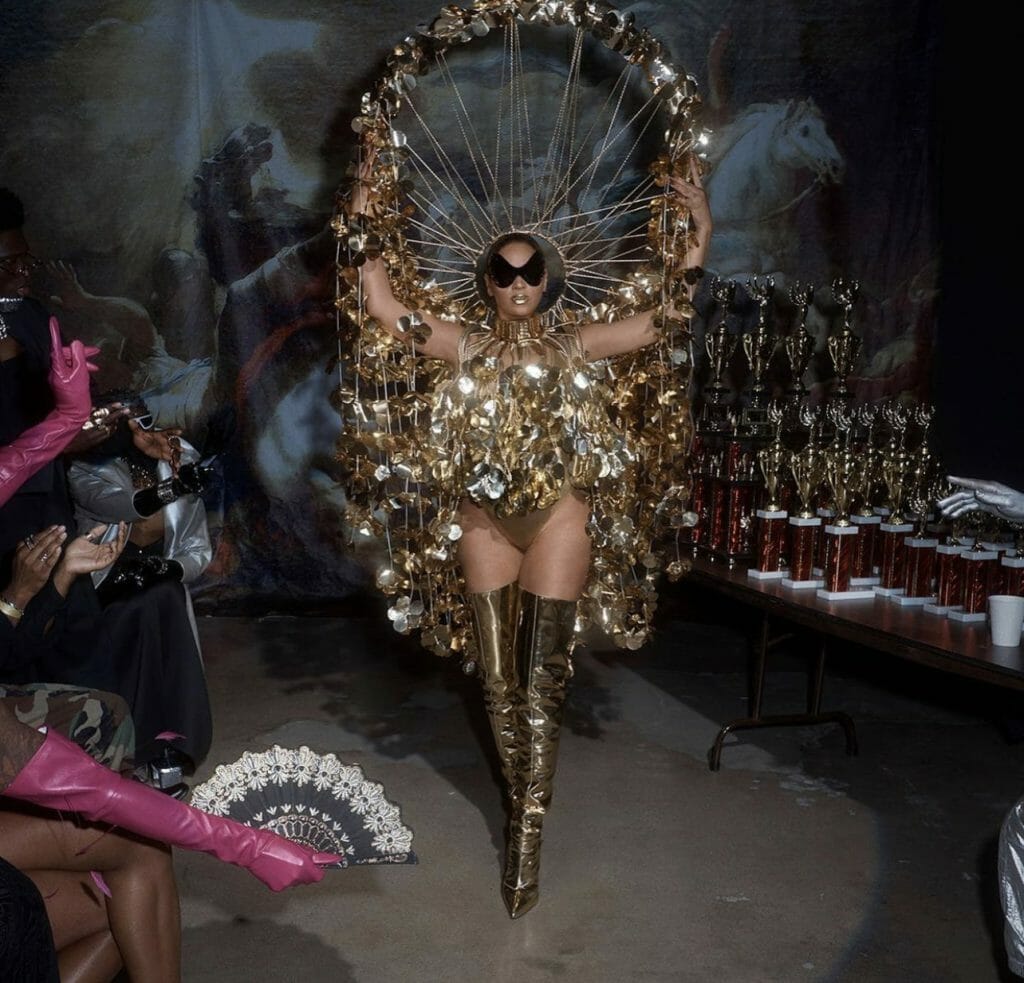By: Eshe Ukweli, Contributing Writer
Since her first solo album Dangerously In Love, the world-renowned superstar and proclaimed Queen Bey, Beyoncé, has been known to cause a social stir with the release of a project. From older works like I Am…Sasha Fierce and self-titled Beyoncé, to newer albums Lemonade and The Lion King: The Gift, the creative maven has constantly captivated the world with her work causing us all to tune in, and her seventh studio album Renaissance has been no different.
Since its release a month ago, the album has grossed over 179 million streams, with 121,000 CDs and 26,000 vinyl copies sold. Within weeks of its release, the project came in at No. 1 on the Billboard Top 200 albums chart making it the biggest week by a woman in 2022 so far.
The album has not only been a buzz on the charts, as critics continue to praise the album for its testament to unabashed Black joy. “Compared to ‘Beyoncé’ and ‘Lemonade’ — the prior two heavily centered on the singer’s feminism, intimate journey with her husband’s infidelity, and restoration of self after betrayal, ‘Renaissance’ is all about joy” said Essence reporter Taylor Crumpton. Kyann-Sian Williams of NME echoed Crumpton’s sentiments, calling Renaissance “her most relentlessly upbeat and fun record yet.” From start to finish the album entices us to dance, let it out, and, as the song “Church Girl” says, “drop it like a thotty.” But, beyond the joy of the project that comes with every listen, the influence and honoring of Black LGBTQ+ culture is apparent.

From conception, Black LGBTQ+ culture has been an influence on the project, starting with Beyoncé’s gay Uncle Johnny who helped raise her and her sister. In a post on the artist’s website, regarding the album’s conception, Beyoncé shared her gratitude for her uncle: “A big thank you to my Uncle Johnny. He was my godmother and the first person to expose me to a lot of the music and culture that serve as inspiration for the album.”

Beyond Uncle Johnny, Beyoncé also collaborated with many Black LGBTQ+ creatives and artists to bring the project to life. Renaissance features transgender talent TS Madison, bounce artist Big Freedia, samples from Kevin Aviance and the late drag star Moi Renee, song production by DJ Honey Dijon, and mentions Black queer Liberian-American designer Telfar Clemens. The Black queer influences didn’t stop there either, but spread into the visuals, language, and concepts in the album.

The entire body of work showcases the affirmations, culture, and concepts Black and LGBTQ+ folks live by daily. From mantras like “comfortable in my skin / cozy with who I am” (“Cozy”) and “I’m one of one / I’m number one / I’m the only one” (“Alien Superstar”), to fun reads like “Uncle Johnny made my dress, that cheap spandex she looks a mess” (“Heated”), the album highlights Black queer culture. Songs like “Church Girl,” while fun and upbeat, also shed light on the experience of marginalized communities, like Black women in the church and the journey to bodily autonomy and self-reclamation.

Beyoncé’s Renaissance is more than just a fun summer album to dance the night away to, it’s an example of how art, when used correctly, can shape culture, bring about change, and, perhaps more importantly, create community. Ears who have never heard of TS Madison or who didn’t grow up with an “Uncle Johnny” get a chance to experience Black Queer culture without that same culture being decentered as the target audience. It does the complicated job of elevating a long marginalized intersectional community without pandering to opinions outside of the community; uplifting while also remaining intercommunal. Beyoncé’s Renaissance continues to broaden what impactful art can look like and, in true Beyoncé fashion, continues to push the culture forward.













